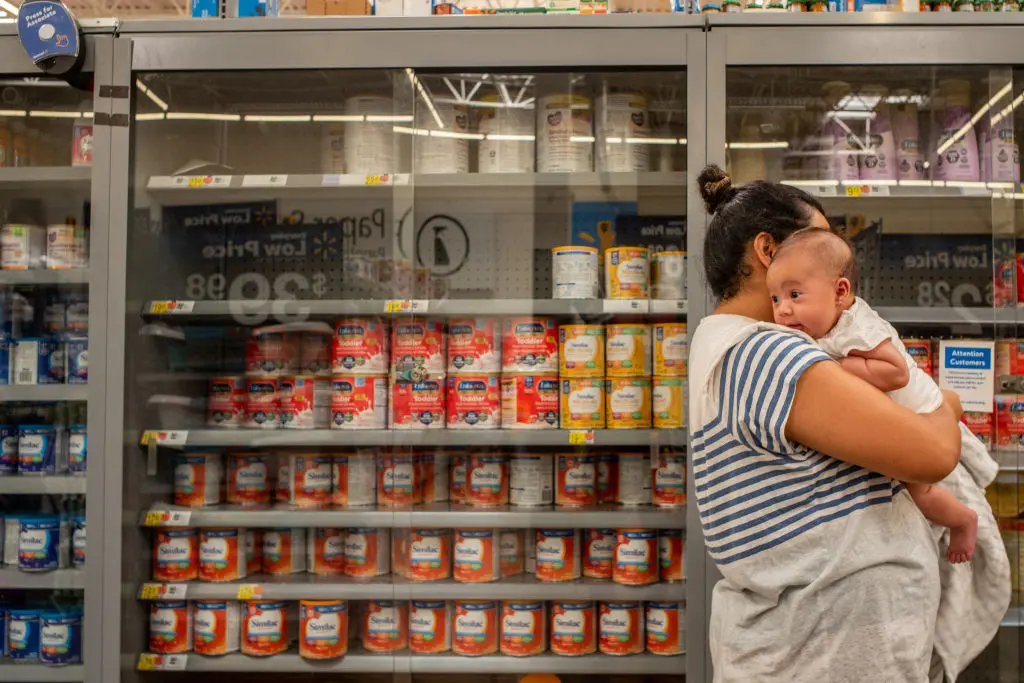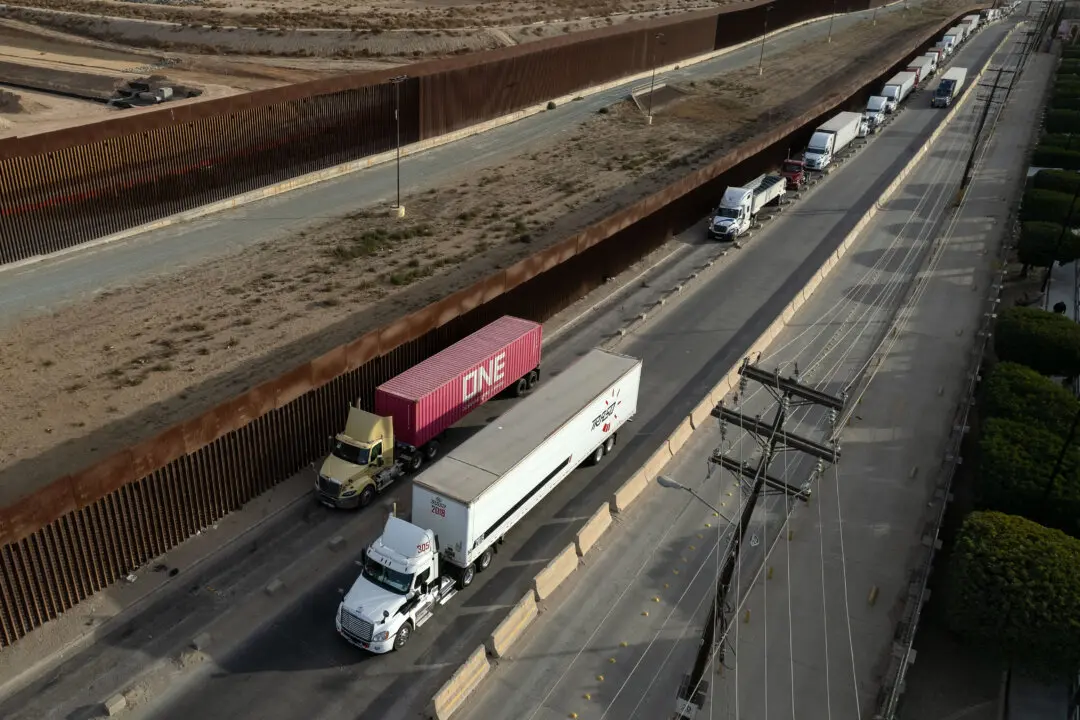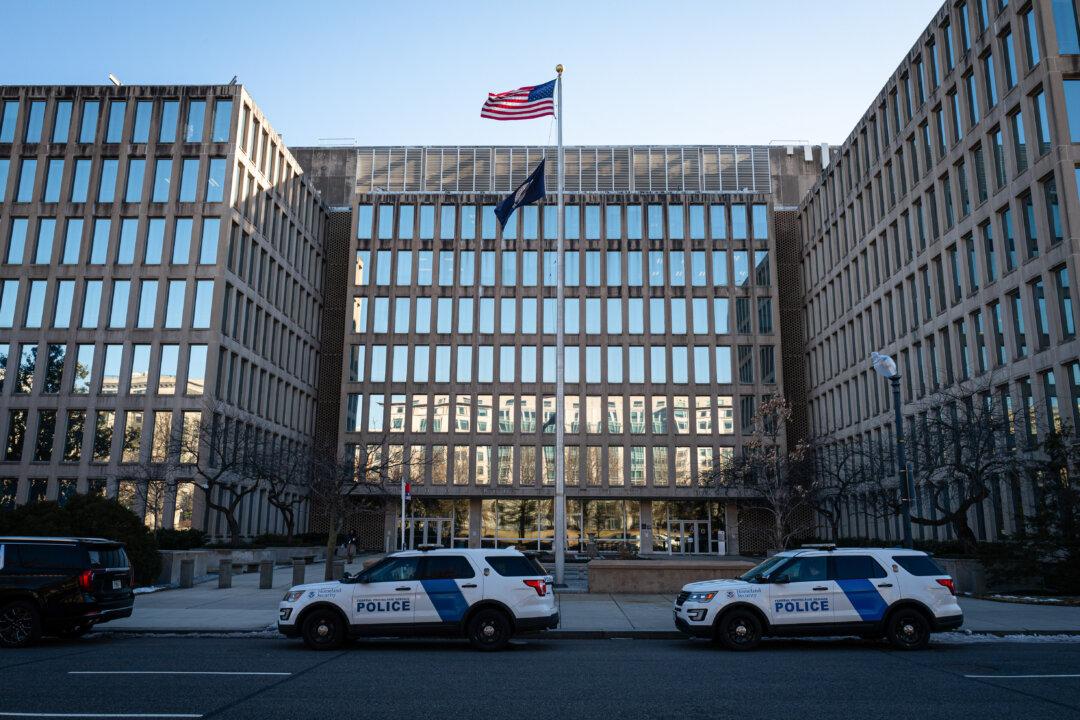Fatal shootings in Sweden are nine times higher than in all its neighboring countries combined, and the number of attacks involving explosives has reached a record high, according to a Swedish minister.
Sweden saw 62 deadly shootings in 2022, Justice Minister Gunnar Strommer said during a media conference on Friday, according to Reuters. “In 2023, although the number of deadly shootings fell slightly, preliminary figures show Sweden had nine times more deadly shootings than Norway, Denmark, and Finland together,” he said.





